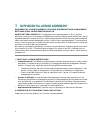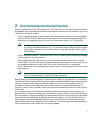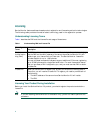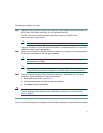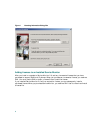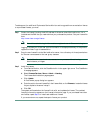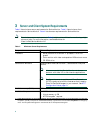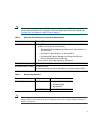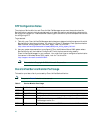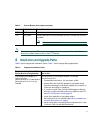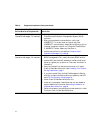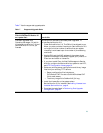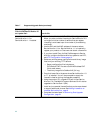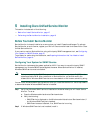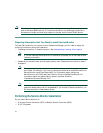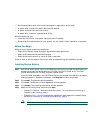
10
NTP Configuration Notes
The clocks on Service Monitor and Cisco Unified CallManager servers must be synchronized for
Service Monitor reports to include complete and up-to-date information and accurately reflect activity
during a given time period. These notes offer a starting point and do not provide complete instructions
for configuring NTP.
To get started:
1. Talk with your Cisco Unified CallManager administrators to determine the time server with which
Service Monitor should synchronize. You might find Cisco IP Telephony Clock Synchronization:
Best Practices, a white paper on Cisco.com, useful; read it at this URL:
http://cisco.com/en/US/products/sw/voicesw/ps556/prod_white_papers_list.html.
2. Use your system documentation to configure NTP on the Windows Server 2003 system where
Service Monitor will be installed. Configure NTP with the time server being used by
Cisco Unified CallManagers in your network. You might find How to configure an authoritative
time server in Windows Server 2003, useful; look for it at this URL:
http://support.microsoft.com/kb/816042.
Note This website is Copyright © 2006, Microsoft Corporation.
Cisco Unified Service Monitor Port Usage
This section provides a list of ports used by Cisco Unified Service Monitor.
Note The ports in Table 5 should not be scanned.
Table 5 Service Monitor Port Usage
Protocol Port Number Service Name
UDP 53 DNS.
UDP 67 and 68 DHCP.
UDP 5666 Syslog—Service Monitor receives syslog messages from Cisco 1040.
TCP 22 SFTP—Service Monitor uses SFTP to obtain data from Cisco Unified
CallManager version 5.x.
TCP 2000 SCCP—Service Monitor uses SCCP to communicate with Cisco 1040s.



